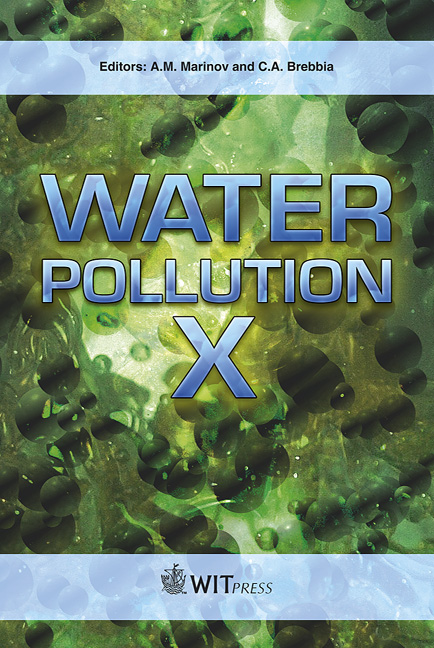Toxic Effect Of Polycyclic Aromatic Hydrocarbon Metabolites On Fish Bone Metabolism
Price
Free (open access)
Transaction
Volume
135
Pages
11
Page Range
231 - 241
Published
2010
Size
375 kb
Paper DOI
10.2495/WP100201
Copyright
WIT Press
Author(s)
K. Hayakawa, N. Suzuki, K. Kitamura, K. Bekki, J. Nakano, M. Yoshita, A. Toriba, T. Kameda & N. Tang
Abstract
Marine water is contaminated with polycyclic aromatic hydrocarbons (PAHs) from rivers and the atmosphere. Oil spilled from tankers or petroleum factories also causes marine pollution with PAHs. It is well known that PAHs, such as benzo[a]pyrene, show carcinogenicity and/or mutagenicity. In developing teleost fish, furthermore, it has been reported that spinal deformity was induced in Pacific herring and pink salmon by PAHs, although the detail mechanism of toxicity in teleosts is not elucidated yet. As a toxic pathway of PAHs in animals, the metabolic activation of PAHs in the presence of P450 is considered. In teleosts, as well as in mammals, it has been reported that PAHs are converted into monohydroxylated polycyclic aromatic hydrocarbons (OHPAHs) by an enzyme: cytochrome P4501A1. Thus, OHPAH might have a toxic effect in teleosts. In the present study, we examined the estrogenic activity of OHPAHs using the yeast-two hybrid assay system with human estrogen receptor ER) . As a result, we detected estrogenic activity in 4-hydroxybenz[a]anthracene (4- OHBaA). Then, the direct effect of 4-OHBaA on osteoclasts and osteoblasts in teleosts was examined using the assay system with fish scales, which contain osteoclasts, osteoblasts, and the bone matrix of two layers (bony layer: a thin, well-calcified external layer; a fibrillary layer: a thick, partially calcified layer). When the scales of goldfish and wrasse were incubated with 4-OHBaA, which
Keywords
polycyclic aromatic hydrocarbons, oil spill, yeast-two hybrid assay, osteoclasts, osteoblasts, teleost scale





